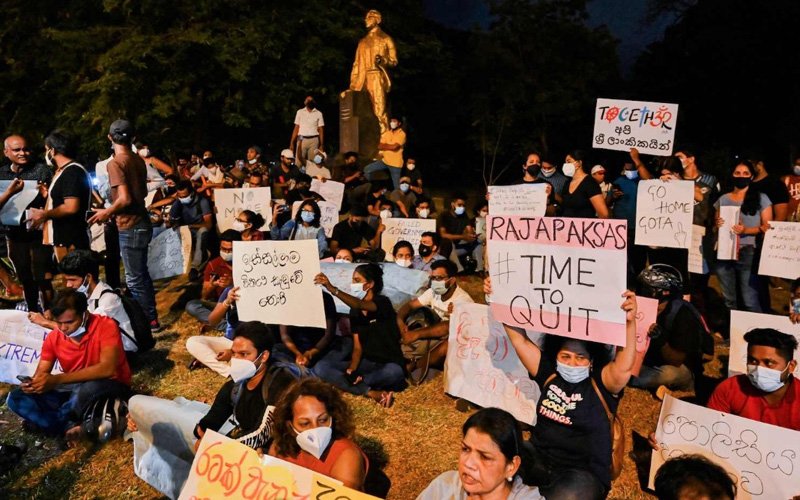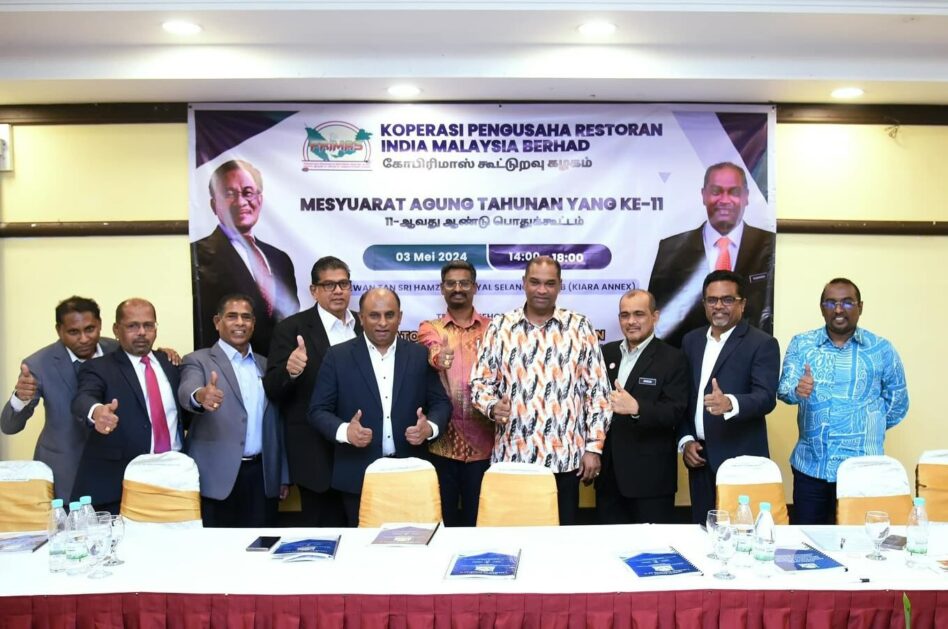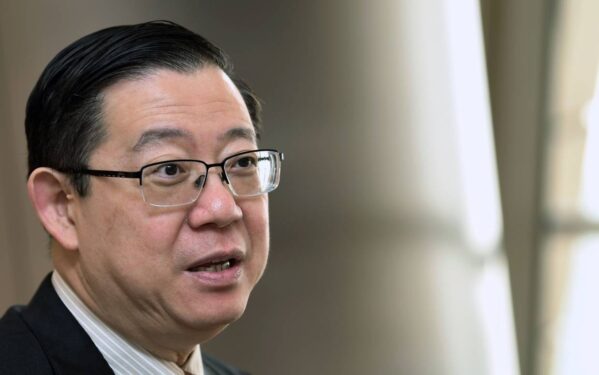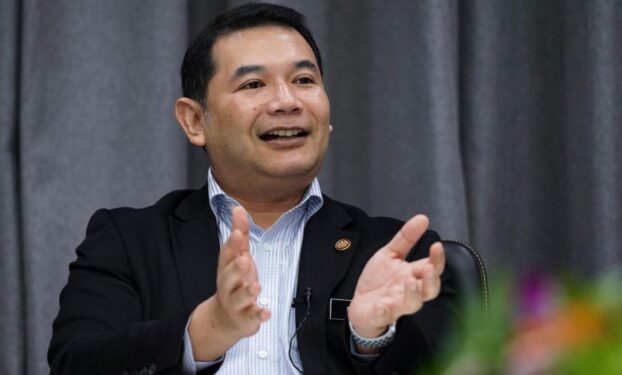NOBODY would have expected the Sri Lankan government to collapse despite the high degree of ethnic Sinhala nationalism or extremism.
It is a lesson to Malaysia and other countries that a high degree of racial and religious nationalism does not necessarily beget sound economic and financial management.
The latest news is that the entire Sri Lankan cabinet had resigned en bloc, leaving the country to be administered by the president.
Whether the country would be able to administer itself with heavy doses of financial assistance from the International Monetary Fund (IMF) and countries like China and India is left to be seen.
Extreme Sinhala Buddhist nationalism defined against the Tamils that was ultimately responsible for the defeat of the Liberation Tigers of Tamil Eelam (LTTE) in 2009 after more than 30 years of civil war.
Using ethnic nationalism to defeat a similar ethnic Tamil nationalism manifested in the form of the LTTE was possible but with support of more than 20 countries.
However, Sri Lanka went too far with this model of governance in administering the country.
While Sinhala ethnic nationalism was able to defeat the Tamil forces, such a methodology was not transferable to the economic management of the country.
The family that ran Sri Lanka as though it was their personal property was the Rajapaksa.
In the last few decades or so the brothers of the present president Gothabaya Rajapaksa ran the important ministries.
The former president Mahinda, before the resignation, the prime minister, Basil, the finance minister and many others held important top government positions.
It was under Mahinda when he was the president and his younger brother, the defence secretary, Gothabaya that the LTTE was vanquished.
The defeat of the LTTE was the reason for the rise in the popularity of the Rajapakse family in general and Mahinda and Gothabaya in particular.
However, success in the war was unfortunately not translated to success in the governance of the country.
Over the period of time from the defeat of the LTTE until the present, the economy gradually deteriorated to the extent that the once-popular Rajapaksa family became much despised.
The drastic reduction in the reserves of the country from over US$400 bil to US$2 bil was something unavoidable.
More than this, currency devaluation, heavy debts to China for infrastructure projects, the cancellation of chemical fertilisers, the lack of fuel for powerful generation and the shortage of essential food supply brought the residents to the streets.
The Rajapaksa family was condemned for being responsible for the economic and financial mess.
Within a matter of 13 years, the Rajapaksa’s family once glorified for the defeat of the LTTE was reduced to nothing.
Riot police and troops had to prevent the angry crowd from scaling the walls of the presidential residence, the home of Gothabaya.
The Sri Lankan cabinet that was unable to resolve basic issues of bread and butter had to go.
How the country is going to be administered from now on remains to be seen.
To what extent the IMF can rescue Sri Lanka from its self-inflicted wounds is difficult to predict.
The fact that Sri Lanka sought to avoid the IMF by going to China for assistance might be a damper on the degree of Western assistance to Sri Lanka.
India might allow some credit assistance to Sri Lanka, but the country’s indebtedness to China might be a problem from a geopolitical angle.
Somewhere in the 1970s, an American academic made a comparison between Sri Lanka and Malaysia.
He concluded by saying that the former had great promise but not the latter.
Fast forward to the present moment: if he is still around perhaps the American academic should rethink his earlier prognosis.
Both the countries are caught in the most divisive forms of ethnic and religious extremism.
It is clear that the ethnic model of development has not worked for both the countries.
Unfortunately, it has brought forward the worst form of politics.
What Malaysia has to learn from Sri Lanka is not on how to push forward in development but how to avoid the situation that has brought Sri Lanka to its knees.
It is just not Sri Lanka, there are so many other examples of countries going down as fast as they came up by reliance on extreme ethnic and religious nationalism.
Sri Lanka has collapsed under its own weight, but Malaysia still has time to avoid the major and most excruciating pitfalls of an exclusionary model of development. – April 5, 2022
Prof Ramasamy Palanisamy is the state assemblyperson for Perai. He is also deputy chief minister II of Penang.
The views expressed are solely of the author and do not necessarily reflect those of Focus Malaysia.
Main photo credit: Free Malaysia Today










